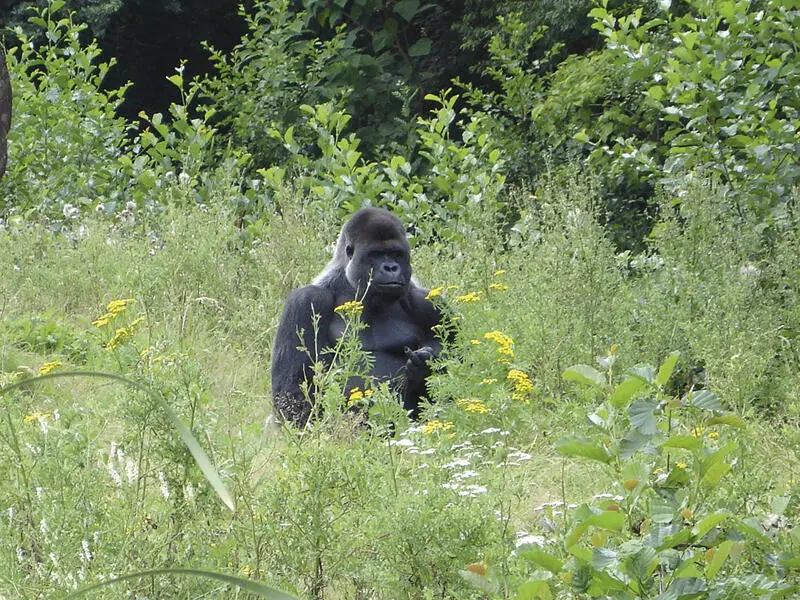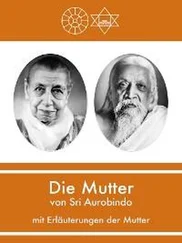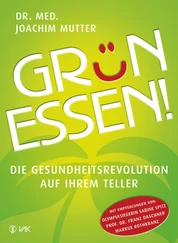A healthy diet and a slim body – an utopia?
Journals, “how-to-do manuals”, guidebooks and websites are filled with them: Countless new and old diets, “foolproof” recipes, calorie tables, classifications of allowed or harmful meals, nutritional recommendations for different diseases, daily calory restrictions, a diet respective to the moon or biorhythm or according to ancient health technics (such as Ayurveda, Traditional Chinese Medicine, TCM) – this “over-feeding” of information for a healthy diet can easily confuse all that are interested in living a healthy life.
Among health guides, books about getting slim are right at the top of the bestseller lists. This has two reasons: First, there is a high demand as there are a lot of overweight or obese people. Second, obesity is one of the few widespread diseases that is seen and diagnosable easily. This is not the case with other widespread “chronic diseases” that are at least as frequent or dangerous, such as arteriosclerosis, high blood pressure, chronic hyperglycemia, loss of neurons, Alzheimer’s or cancer in the first stages. These diseases are often diagnosed too late so that the disease, until visibly onset, has between 10 to 40 years to develop undetected.
A lot of the good nutritional advice is often contradictory or not very practical. One popular recommendation, for example, tells you not to eat any carbohydrates but instead a lot of animal protein and fat – others want to reduce the fat in your diet and others in turn recommend protein abstinence or only to eat fruits. Some “experts” claim that humans need meat and milk in order to live – others state the contrary and insist that grain is the best nutritional basis. Some even demonize the consumption of meat but as an “alternative to meat” recommend soy products or lupine protein. There are people who say you should only eat half of everything that is on your plate, others tell you to eat only cooked foods. Many recommend a diet according to the blood- or metabolic type – depending on the results of a blood test, some prefer a diet that is low in gluten, milk protein, histamine, nickel or other allergens.
Last but not least there are also the official authorities responsible for nutrition or organizations of industrial nations that publish recommendations to ensure a “balanced and substantial diet” for their citizens. But most people don’t even know what the recommendations, for example, of the German Nutrition Society actually look like. This takes place also for other countries. An army of qualified “nutrition experts” and dietitians try to make their newest dietary knowledge accessible to the public through governmental institutions, media, hospitals or schools. The nutritional landscape is at every opportunity flooded with campaigns such as “5-a-day fruit & veggies” or a vast array of recipes and cookbooks. On top of that: the medical and pharmaceutical industries and health insurances have been investing a lot of time and money in research, prevention programs and therapies for decades.
They all have the best intention and claim that with their proclaimed diet, people would get healthy or at least would not fall ill. Even doctors are often not sufficiently informed about the importance of nutrition that it has for human health; a medical education does not include dietetics. While many doctors assume that the diet is a factor in the emergence of human diseases, they do not believe that a healthy diet is actually able to heal diseases. Just an example: cancer patients are often told: “you can eat whatever you like!” It’s clear that the majority of the people are confused and resign, become indifferent and continue to eat what is offered by major food companies.
Research results: what is a healthy diet?
In order to obtain a profound answer to the question of what is a healthy diet, people should consider the results of animal testing, observational studies on humans, nutritional experiments as well as successful historical traditions.
Archeological studies impressively show that our ancestors who lived more than 10,000 years ago hardly showed any signs of caries, tooth displacements and other widespread ailments. The beginning of settlements and cultivations about 6,000–10,000 years ago and the increasing consumption of new food, like grain and milk products, went hand in hand with the first development of signs of arteriosclerosis and joint damage. But there was still no sign of cancer 5,000 years ago. (This was published in the American scientific journal Nature Reviews Cancer.) Why is that the case?
Countless scientific nutritional experiments on animals in the past 100 years draw a consistent picture:
When animals (regardless of their species) are given human food that is part of the typical “Western diet” they soon begin to develop the same diseases we “civilized” humans suffer from. For example, arteriosclerosis, cancer, myocardial infarction, high blood pressure, gall and kidney stones, joint degeneration, tooth decay, obesity, osteoporosis, neurodegeneration, diabetes, … This also includes afflictions that arise in the next generation: tooth displacement, narrow pelvic bones (lead to complicated births with females) or a nasal cavity that is too narrow (leads to reduced nose breathing) as well as behavioral disorders, retarded development, excessive aggressiveness or apathy. In an experiment carried out by Dr. Francis Marion animals required 100% natural food for three generations for all these damages to be reversed. 7
Why have wild animals survived for centuries?
In comparison: How are those wild animals doing whose habitat (such as the jungle) has yet to be destroyed by human influence? From the point of view of these spared (so far) wild animals or naturally kept pets, our discussions on diseases or dietary rules must seem absolutely ridiculous. Please take the following with a little bit of humor:
 © Pixelio.de/ Oberlix45
© Pixelio.de/ Oberlix45
Our closest relatives on earth, the apes and gorillas, but also other animals like rabbits, horses, deer or a herd of cows on a pasture could not care less about the epidemically increasing human diseases and the uncountable dietary rules. Neither do they know their “blood type” nor their “metabolic type”. They have no clue what amount of calories, protein, fat or carbohydrates their daily food contains. They don’t drink gallons of another species’ milk every day, not even pasteurized – at ultra high temperature and homogenized – in order to strengthen their bones. They don’t take any pills or alkaline powders or use Himalaya salt. They are all healthy with the same food, namely grass, wild plants and leaves or prey. And until their genetically preprogrammed deaths, they remain healthy and fit.
When animals are hungry, they eat uncooked, unheated vegetables or other animals, which supposedly are so very difficult to digest, in the evening or even at night – without any digestive problems, constipation, diarrhea, chills or loss in weight. Nether do they know what hypoglycemia is. Nor do they eat according to the five elements of Traditional Chinese Medicine (TCM), nor to the constitutional Ayurveda teachings or according to the recommendations of F.X. Mayr or Dr. Mercola. The only diseases that are known to wild animals are caused by heat or cold, hunger, injuries or infections – but most of all it is due to humans.
An argument that is often brought against this comparison is that humans have a different digestive system than animals. Now let’s take a good look at those animals that are the most genetically similar to us, the apes (we share 99 % of the same genetic structure! 8). There are no significant differences in our digestive processes and not even in the biochemistry of our digestive enzymes, the liver function and the relative length of the intestines.
Читать дальше

 © Pixelio.de/ Oberlix45
© Pixelio.de/ Oberlix45










